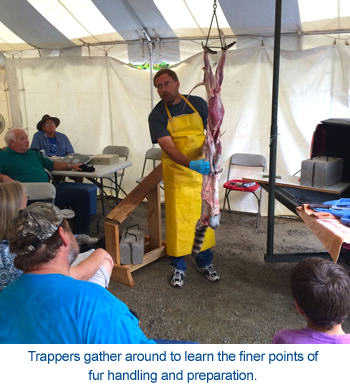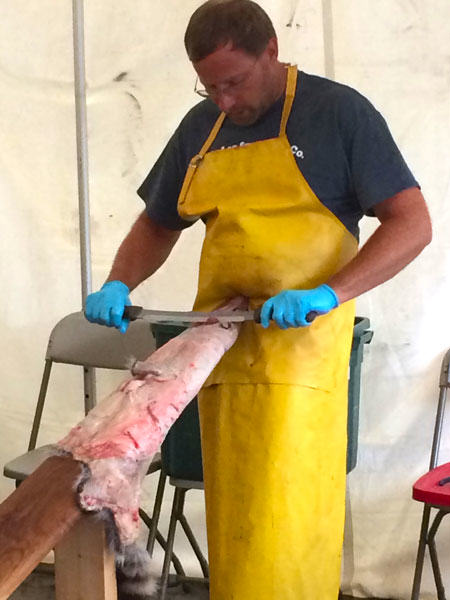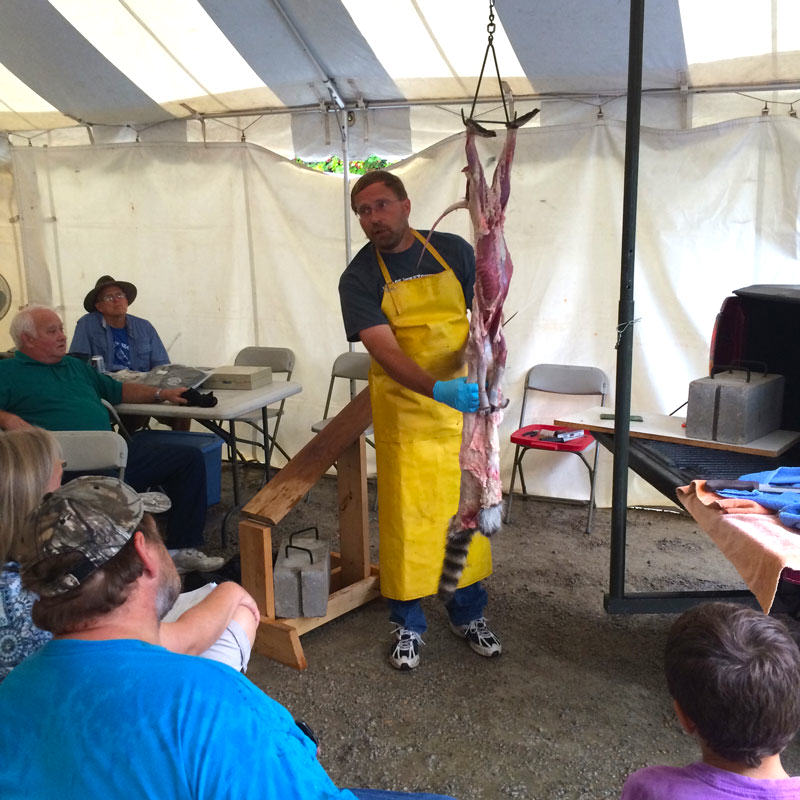
On a recent Saturday I attended a small trapper gathering and I must say I always walk away from these events having learned a great deal.
Most years the big take-away is learning about the habits and activities of various furbearers and man’s attempt to catch them. Honestly, you can tip your hat to the bowhunter who ends their season with a nice new mount for the wall, but I will always have more respect for the trapper who knows the ins and outs of his passion so much that he can fill a pickup load of beaver … or coyote … or some other crafty, wary species.
Indeed, in the outdoors world for my money the accomplished trapper is the real rockstar deserving the utmost respect. This person has to know his sport so well that he can predict that a critter will step on a few square inches of a trap pan in order to achieve success. Certainly I’m not discrediting the hunter in any way. Instead, if you’ve never been closely aligned with someone who traps to learn what it takes … you’re missing a truly wonderful outdoors experience, in my opinion.

Now, some might say trappers do it for the money. To that I would say GET REAL! The money? Oh, sure there’s the money element involved with preparing and selling furs, but very few trappers I know make much more money then they end up spending on supplies, on gas to run their line … not to mention the hard work involved with catching and putting up fur in preparation for auction.
I’ve been a recreational trapper since the age of 15 so I know what it takes. Commitment. Ambition. Discipline. Positive attitude. Those are just a few of the many qualities that go into a successful trapper. And while money can help motivate a person to get out of bed each morning to check the lines … it simply does not very often make a living for many people.
As I watched Leon Windschitl from the Minnesota Trappers Association give his demonstration showing the finer points of fur handling, it suddenly occurred to me how much work is involved with trapping. First off, there’s the work phase where you need to outsmart the animal. Specialized tools, techniques and tactics might work in some areas, but then not in others. There’s no guarantee for success in trapping, just like there isn’t in hunting or fishing.

Now, some trappers might stop right there and simply sell the animal in the carcass to the fur house. I’ll admit, this is what I often do because my process for skinning and preparing is not a streamlined operation. Others, however, realize the work is only beginning. Skinning the critter (depending on your skill level) might take five to ten minutes or more. Then comes the fleshing and stretching aspect … not to mention the combing and cleaning that is often necessary to make the fur look its best. Even the stretching and the drying demands time and lots of attention.
All in all that $30 raccoon is hardly easy or quick money for the trapper’s pocket. As a trapper, to do things the correct way takes lots of time, patience and effort often when weather conditions are less than ideal.
Especially this year. Preliminary fur markets are looking somewhat depressed so trappers will likely have less competition on their lines. That also means less money in the pocket when the seasons end. Indeed, this year when you see trappers out tending their traps realize how this year more than others the folks setting steel in the river ways and fence lines are doing it for a true love of the sport … and not for a means to get rich in the pocketbook.
Yes, I have a lot of respect for trappers and the sport of trapping. Always have and always will.










